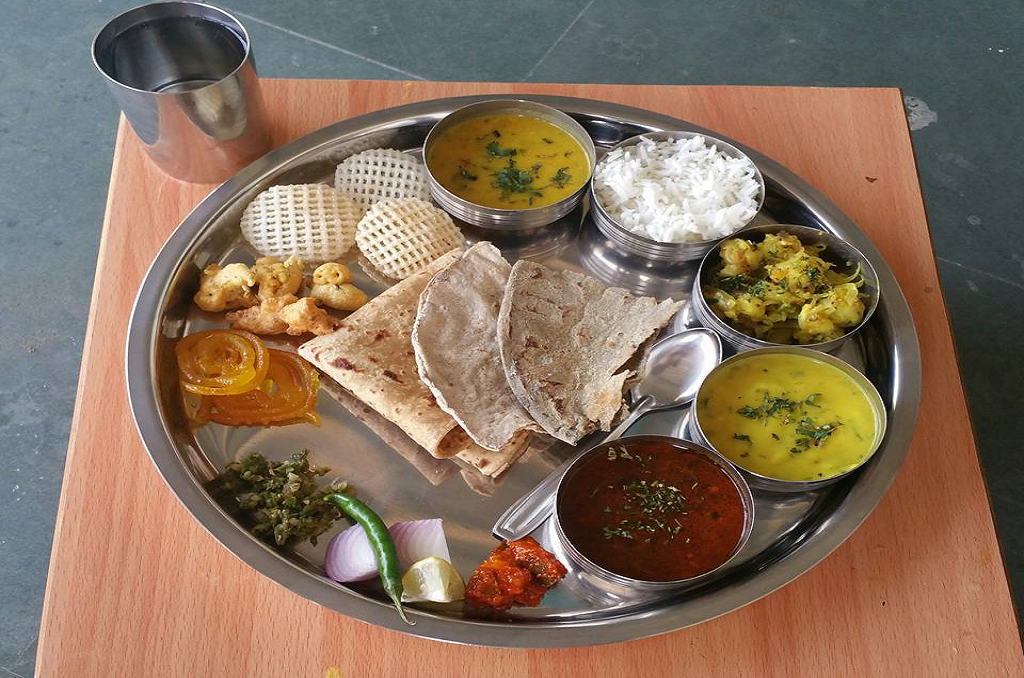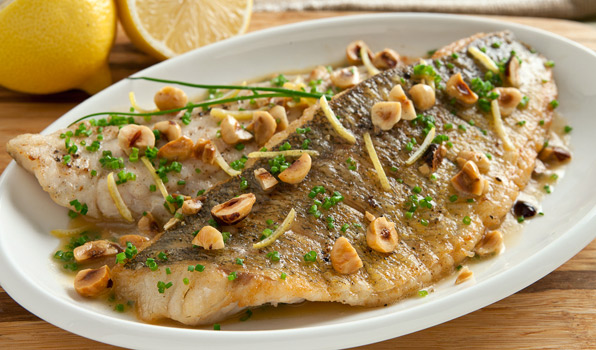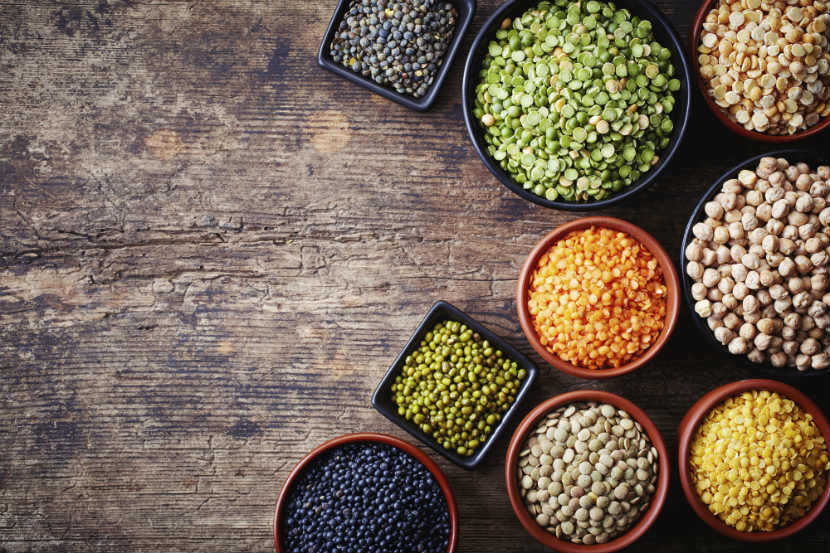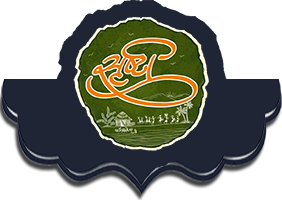Maharashtrian Thali
Maharashtra is one of the progressive state in India and also becoming one of the booming region in global economy. The state has maintained its distinct identity in many fields like cloths, sports, Language and most importantly in Food. The Food legacy of Maharashtrian food is developed from its glorious past and still moving ahead. A typical Maharashtrian Special Thali in Aurangabad consists of following Food Items.
1. Grains
The staple dishes of Maharashtrian cuisine are based on a variety of flat breads and rice. The flat breads can be wheat-based, such as the traditional trigonal Ghadichi Poli or the round chapati more common in urban areas. Bhakri is a bread made from Ragi, or millet, including jwari and Bajri, and forms part of daily meals in rural areas.
2. Vegetables:
Until recently, canned or frozen food was not widely available in Maharashtra and the rest of India. Therefore, vegetables used in a meal widely depended on the seasonal availability. For example, Spring (March May) is season of cabbage, onions, potatoes, Okra, Guar Tondali, Shevgyachya shenga, Dudhi, Marrow, and Padwal. The Rainy Monsoon Season (June - September) brings green leafy vegetables, such as Aloo, Gourds like Karle, Dodka and eggplant. Chili peppers, carrots, tomatoes, cauliflower, French beans, peas, etc. become available in the cooler climate of October to February. Leafy vegetables like Fenugreek, Amaranth, Beetroot, Radish, Dill, Colocasia, Spinach, Ambadi, Chuka, Chakwat, kardai and Tandulja are either cooked in a stir-fry fashion or made into a soup type preparation using buttermilk and gram flour, Many Vegetables are also used in salad preparations called Koshimbirs or Raita. Most of these have yogurt as the other main ingredient.




3. Legumes:
Along with green vegetables, another class of food stuff popular in Maharashtra is various beans, either whole or split. The split beans are called Dal and used in a variety of ways. Such as turned into amti or thin soup, added to vegetable such as Dudhi or cooked with rice to make Khichadi. The beans commonly used in Maharashtra include peas, Chick peas, Mung, Matki, Urid kidney bean, Black-eyed pea (black eye bean), Hulga or Kulith and Toor (Pigeon peas).
4. Seafood:
Seafood is a staple for many communities that hail from the coastal Konkan region. Most of the recipes are based on marine fish varieties of different kind, prawns and crabs. A distinct Malvani cuisine of mainly seafood dishes is popular. Popular fish varieties include Bombay duck, Pomfret, Bangda and Surmai /Kingfish. The seafood is used in recipes such as curries, pan-fried dishes and pilaf.
Typical menus:
Urban Maharashtrian menus have wheat and rice in form of chapattis and plain rice respectively as the main part of the menu, whereas the traditional rural household would have millet in form of bhakri on the Deccan plains part of Maharashtra and rice on the coastal Konkan as the respective staples. Typical Maharashtrian breakfast items include Misal, Pohe, and upma, Sheera, Sabudana Khichadi and Thalipeeth. The contemporary vegetarian lunch and dinner plate in urban areas will have
a combination of the following:
1.Wheat Flat bread such as chapati or Ghadichi poli Boiled rice
2.A salad or Koshimbir based on onions, tomatoes, cucumber etc.Papadum or related snacks
3. A dry or fresh Chutney, Mango or lemon pickles
4. A soup type aamti or varan preparation based on toor dal, other dals or Kadhi. When Usal is part of the menu, the aamti may be omitted.
5. A vegetable preparation with gravy based on seasonal vegetables such as egg plants, Okra, potatoes, cauliflower etc.
6. A dry vegetable preparation mainly based on leafy vegetables such as spinach
7. Usal based on sprouted or unsprouted whole legumes Apart from bread, rice, chutney etc., the other items may be substituted with each other. Families that eat meat, fish and poultry may have a combination of vegetarian and non-veg dishes with rice and chapattis remaining as the staples. All the vegetable or non-veg items are essentially dips for the bread or mixing with the rice.
